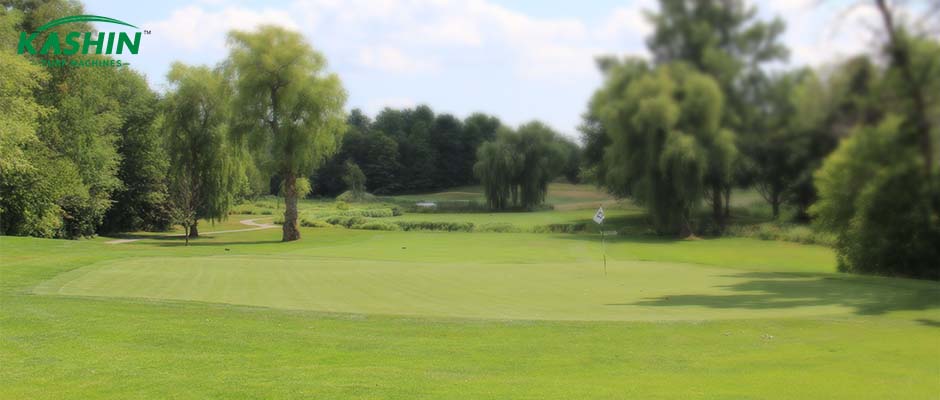In the early stages of potassium deficiency, lawn plants show slow growth and dark green leaves. The main characteristics of potassium deficiency: usually the old leaves and leaf edges turn yellow first, then brown, scorched and burnt, and brown spots and patches appear on the leaves, but the middle, veins and areas near the veins remain green. As the degree of potassium deficiency increases, the entire leaf turns brown or dry, necrotizes and falls off; some plant leaves are bronze, curling downward, with bulging mesophyll tissue on the leaf surface and sunken veins. When plants are deficient in potassium, the root system is also significantly damaged, with short and few roots, prone to premature aging, rotting in severe cases, and lodging at the root zone. When grass plants are deficient in potassium, brown spots appear on the lower leaves, and in severe cases, the same symptoms appear on new leaves. The leaves are soft and drooping, the stems are thin and weak, and the internodes are short; when leguminous plants are deficient in potassium, the interveinal green will first appear, and then turn yellow, forming mottled leaves. In severe cases, the leaf edges will scorch and curl downward, and the brown spots will develop inward along the interveinal space. The leaf epidermis loses water and shrinks, the leaf surface arches or concave, and gradually scorches and falls off, and the plant ages prematurely.

What should I do if the lawn lacks potassium? Potassium is not only an essential nutrient for plant life, but also one of the three elements of fertilizer. The content of potassium in plants is second only to nitrogen. Reasonable use of potassium fertilizer can enhance the photosynthesis of lawn plants and their resistance to diseases and pests. If symptoms of potassium deficiency are found in lawn management, potassium fertilizer (such as potassium chloride, potassium sulfate, potassium phosphate, etc.) should be applied for prevention and control. Potassium chloride and potassium sulfate are both quick-acting fertilizers that can be used as base fertilizer and topdressing. It is best to use potassium sulfate for acidic soil and potassium nitrate for alkaline soil.
If the lawn has the above symptoms, the following methods can be used to deal with it:
1. Apply less nitrogen fertilizer and water immediately after applying nitrogen fertilizer.
2. Use rooting products with amino acids and trace elements for spraying, mainly for root rejuvenation and trace element supplementation.
3. Apply potassium sulfate 2kg/time.
Post time: Nov-11-2024
